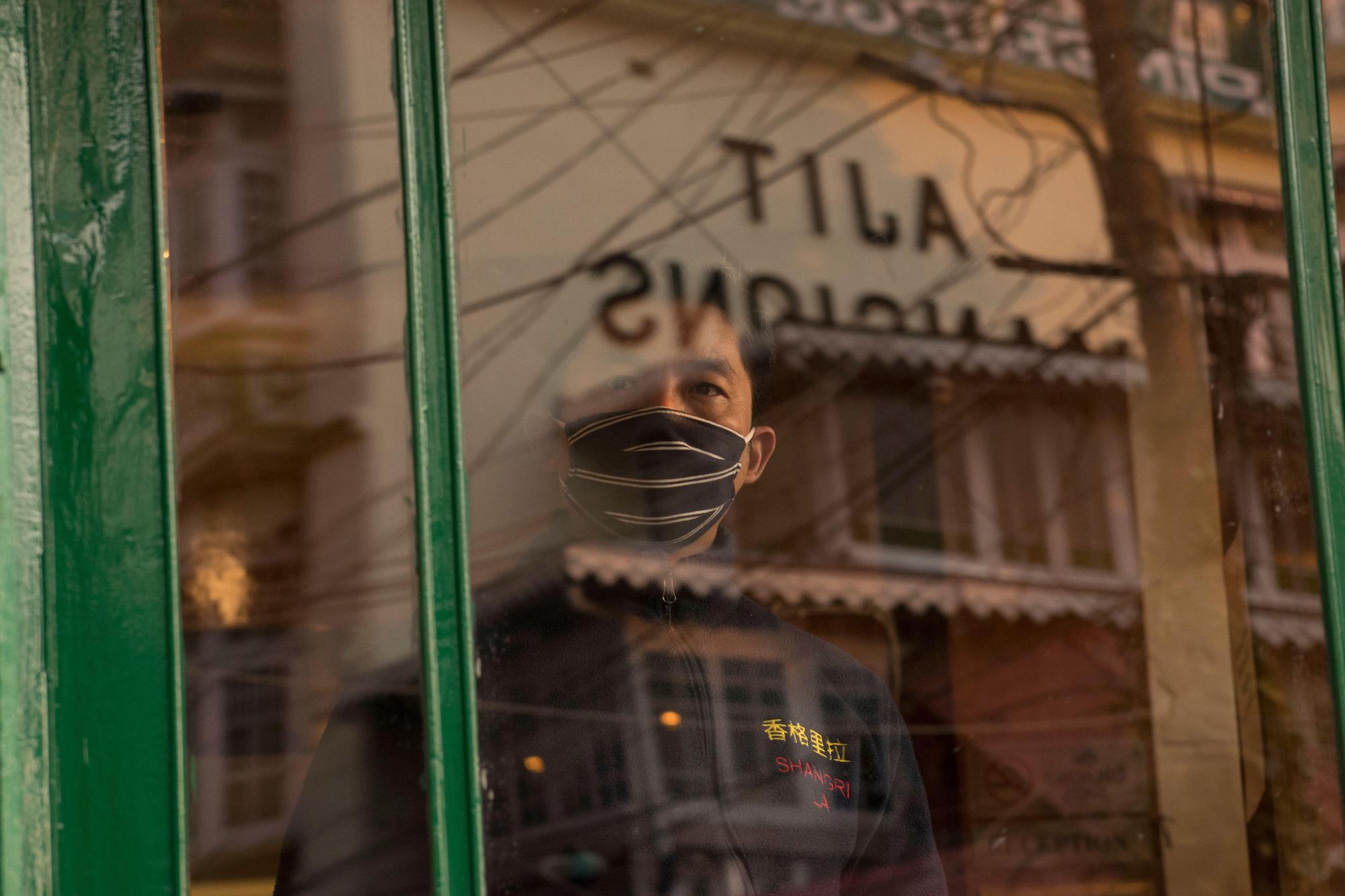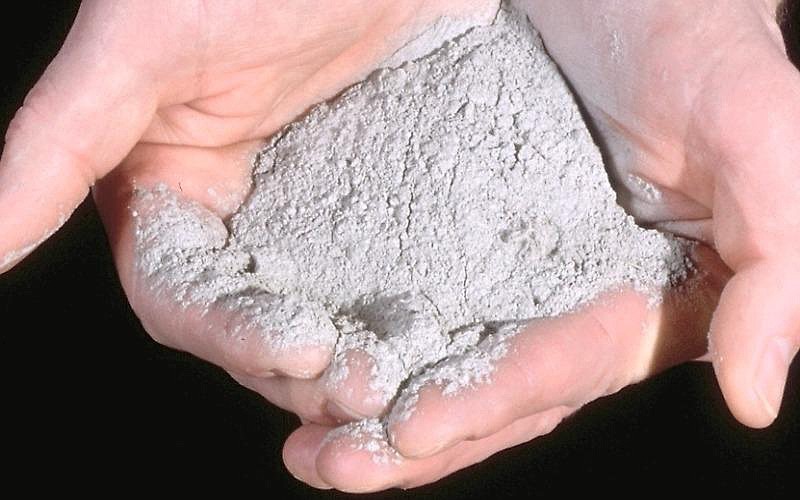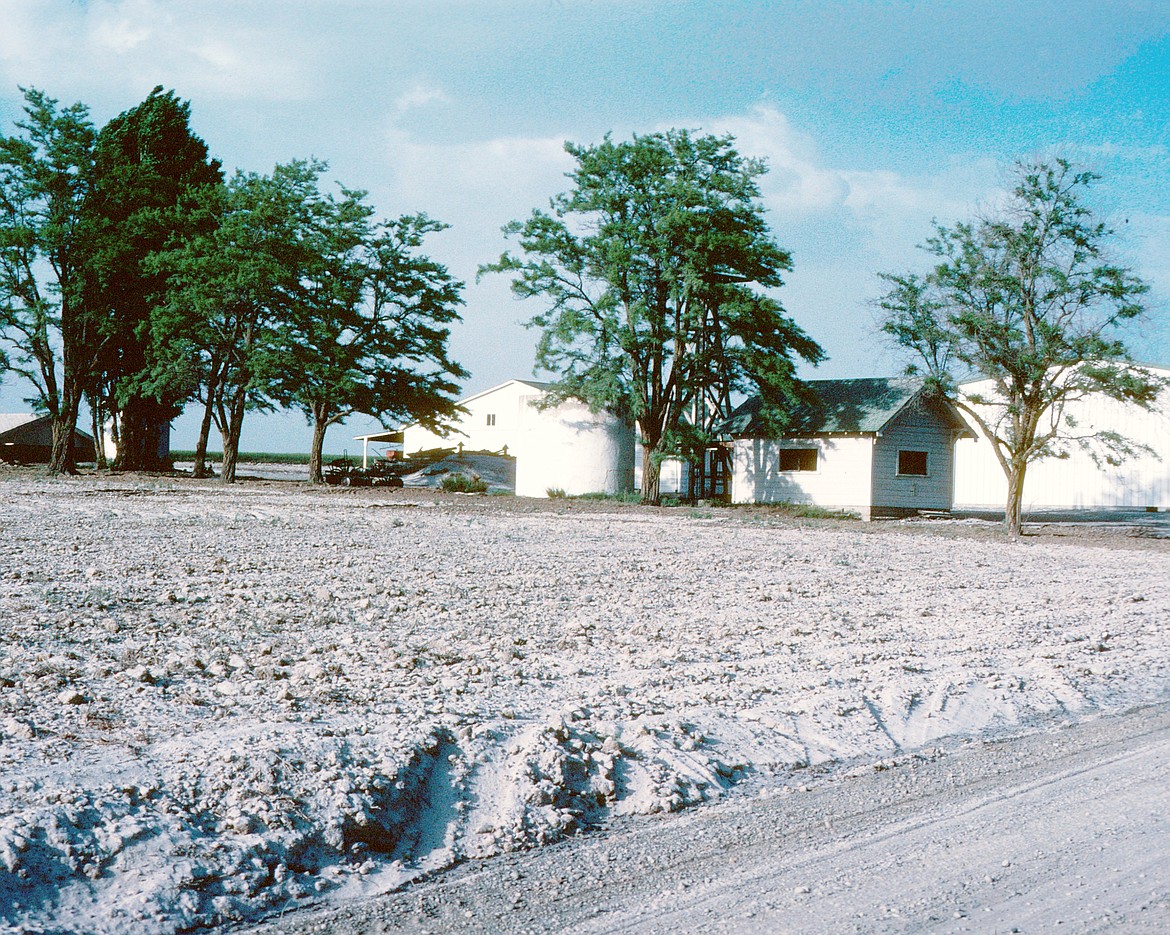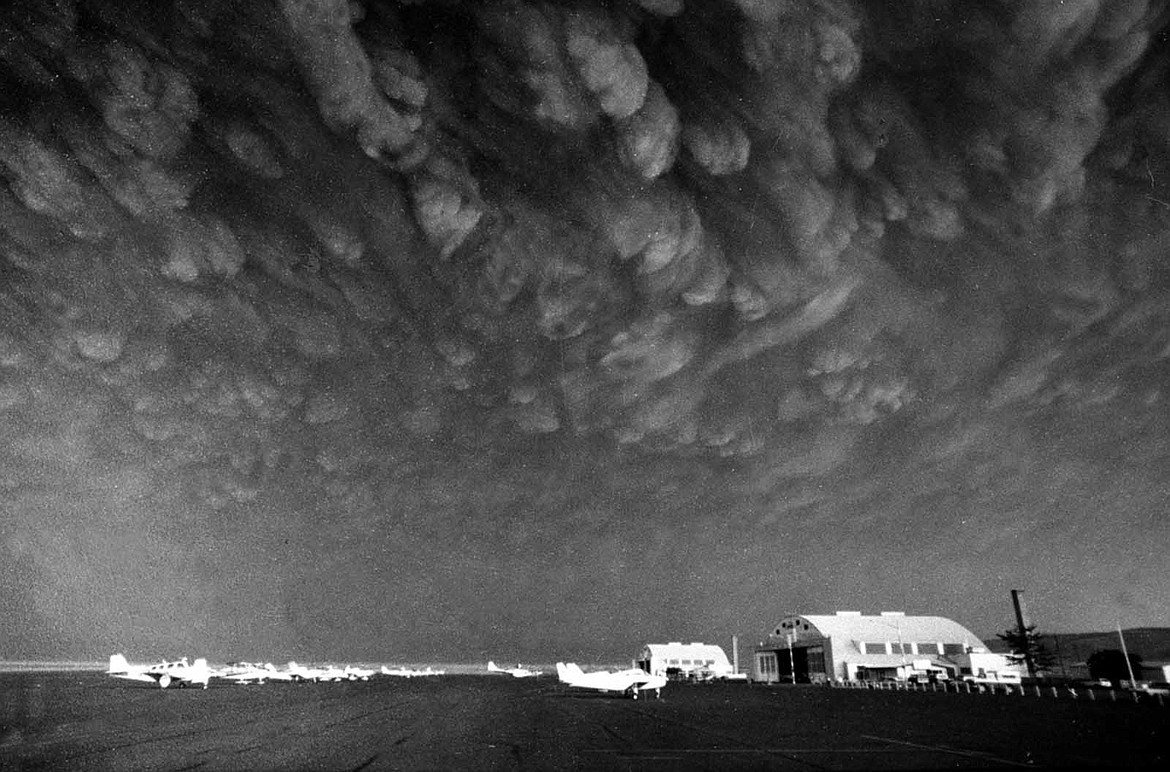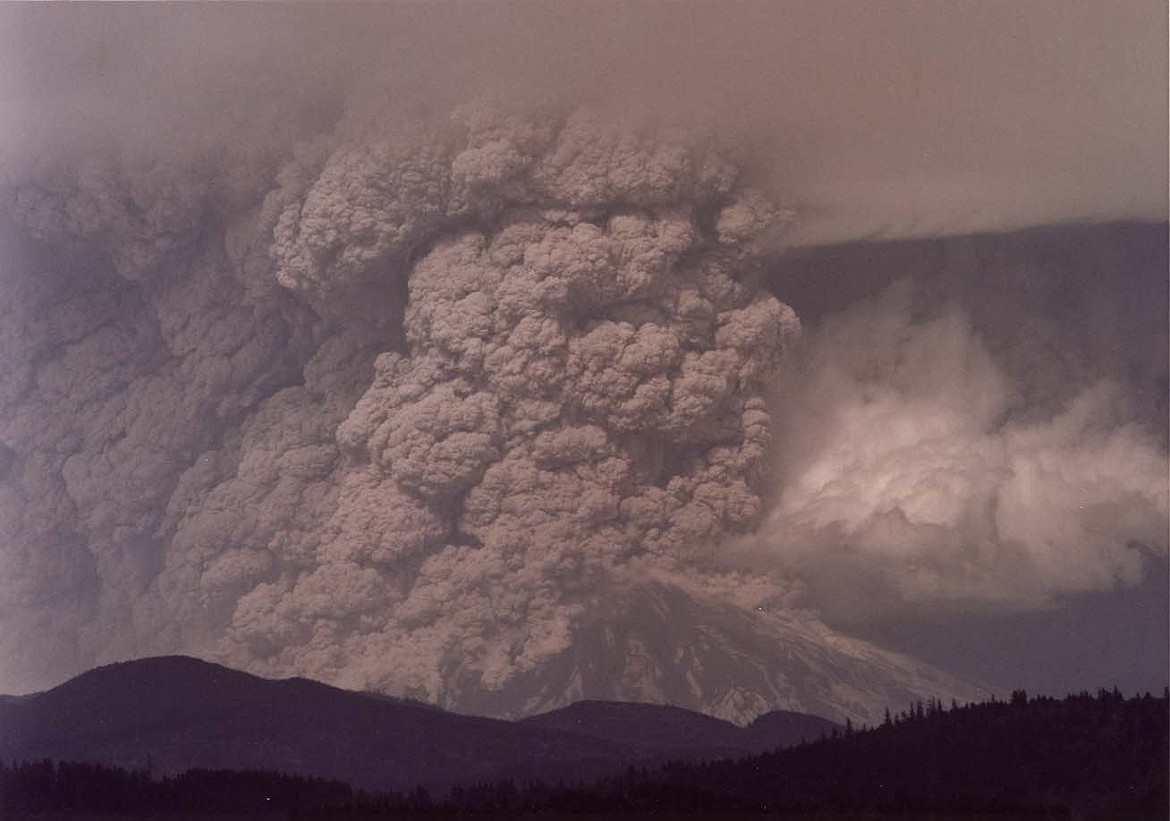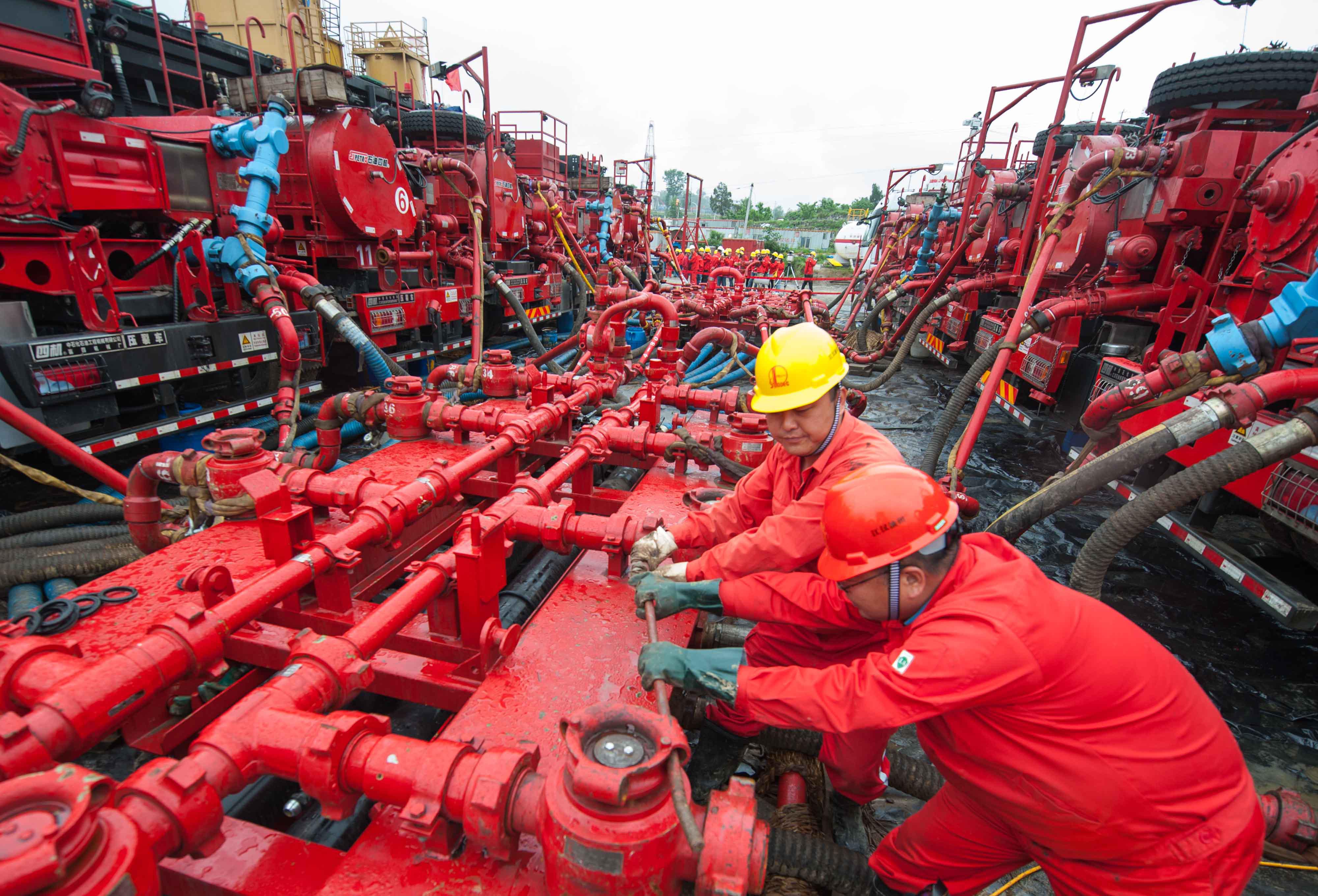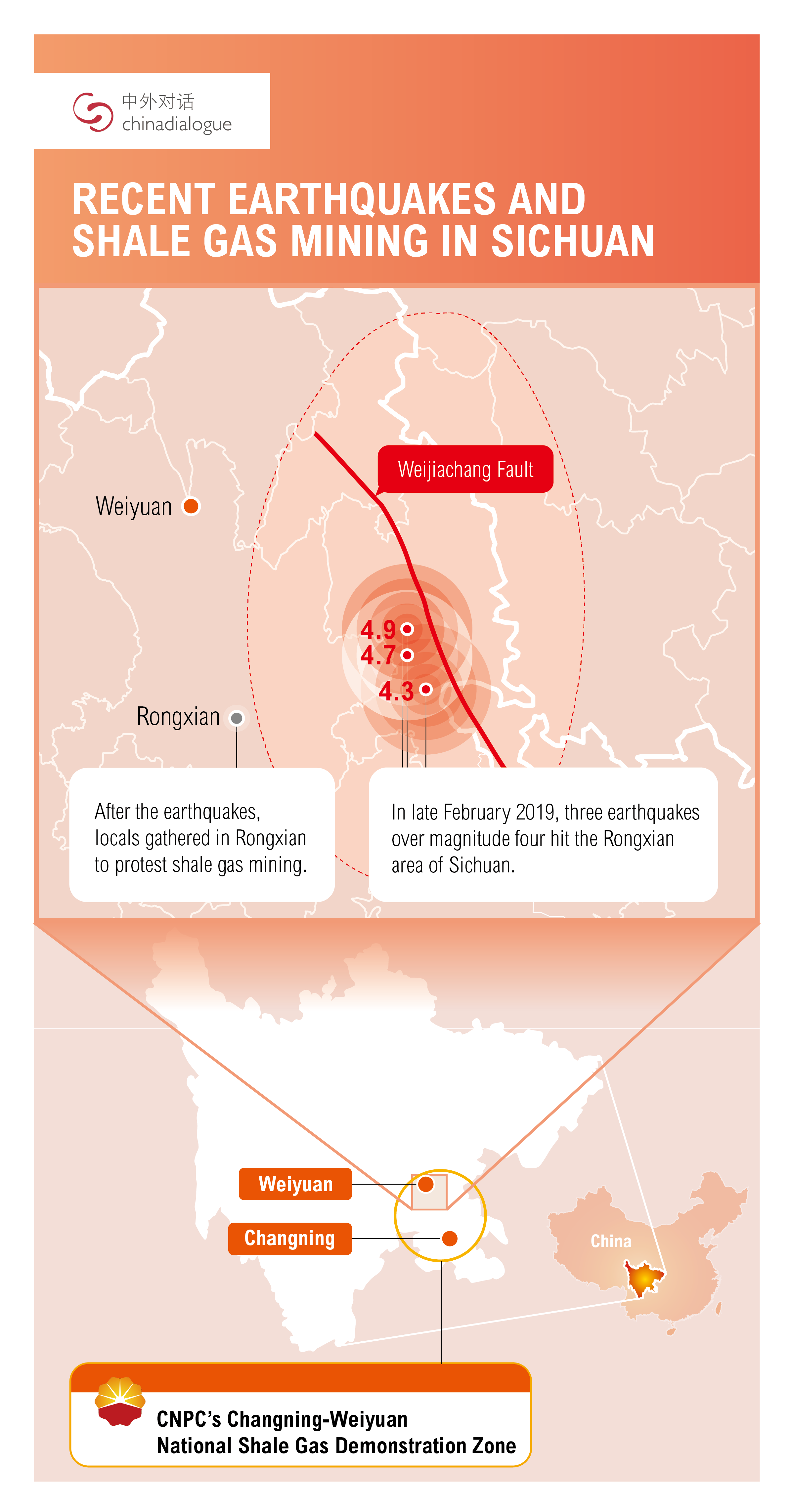Podcast: Will coronavirus change the pangolins’ fate?
Marcy Trent Long
Bonnie Au
The fourth and final episode of the Pangolin Reports by Sustainable Asia looks at rewilding controversies, bushmeat bans and bats
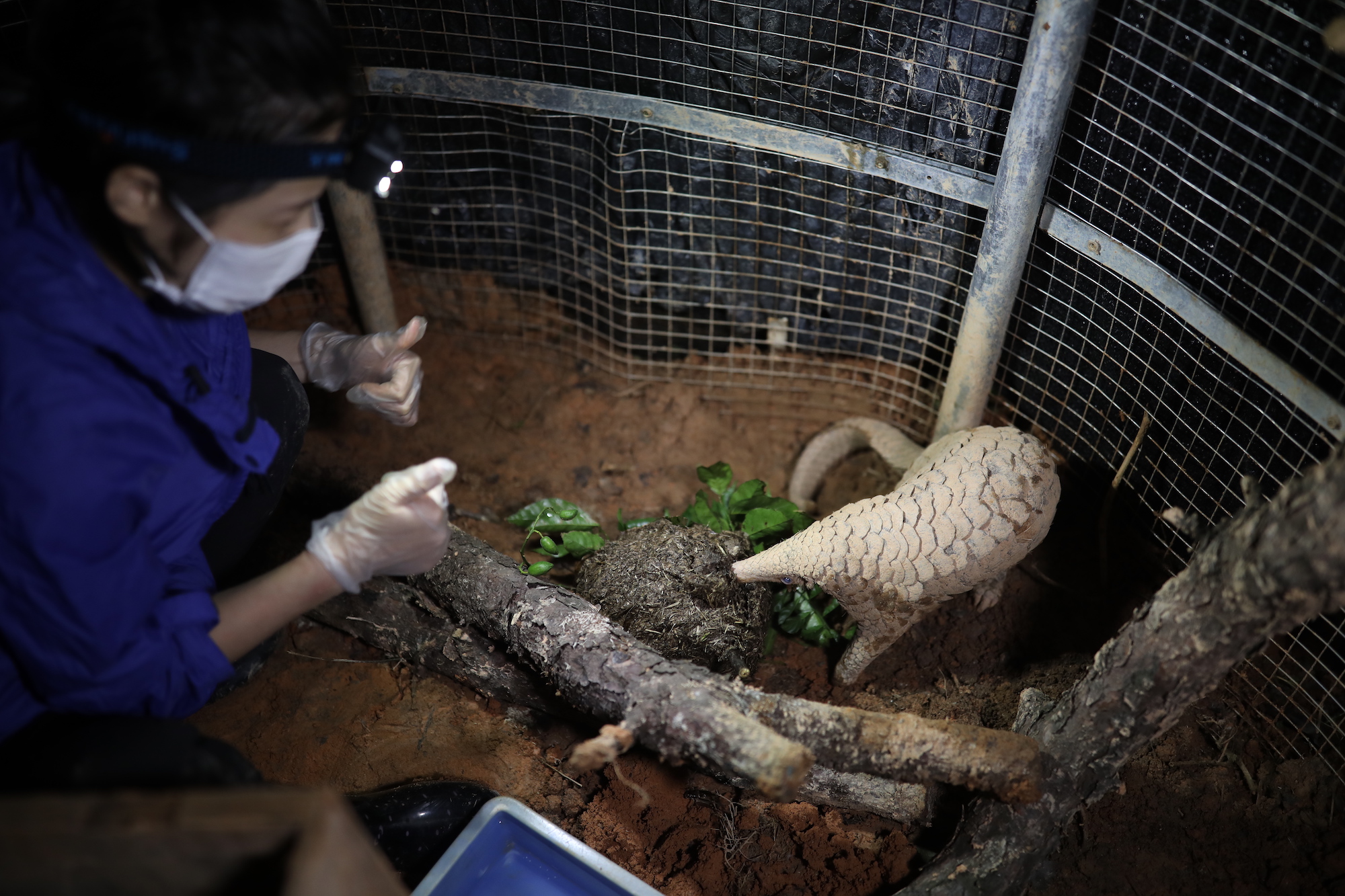
Sophia Zhang of China's Green Development Foundation checks on a pangolin in the organisation's rescue centre in Guangdong province. (Image: Zhang Youqiong/CBCGDF)
Pangolins are known to do badly in captivity. When seized by border authorities, their rescue can sometimes turn into a death sentence. But when a local NGO in China tried to save a handful of these seized pangolins by releasing them back into the wild, it stirred up a storm of controversy. Why is saving the pangolins such a thorny issue? Will the Chinese government’s recent ban on the trade and consumption of wildlife meat – a response to the coronavirus outbreak – do more to help these embattled, scaly mammals? What else can we do to stop their rapid disappearance?
Find the series on APPLE PODCASTS | SPOTIFY
Find out more on Sustainable Asia.
More from this series:
Guests:
Kunda Dixit, Nepali Times
Wahyu Dhyatmika, Tempo.co
Elroi Yee, R.AGE Malaysia
Sophia Zhang, China Biodiversity Conservation and Green Development Foundation
Xu Jiaming, the Pangolin Reports
Dr Tim Bonebrake, University of Hong Kong
Astrid Andersson, University of Hong Kong
Wander Meijer, Globescan
Production credits:
Executive producer and host: Marcy Trent Long
Producer and host: Bonnie Au
Assistant producer: Amber Hou
Sound engineer: Chris Wood
Intro/outro music: Alex Mauboussin
Transcript:
Kunda Dixit: The reason we were doing all these stories and these investigations was to draw [the] attention of our government and our policymakers that this is a danger. It is the most trafficked mammal now, and you better take notice, because soon they'll be extinct.
Wahyu Dhyatmika: I think it's really important to spread the story about pangolin smuggling, because people often [overlook] this. They don't really see this fact, because they are more drawn to elephants or rhinos or tigers – bigger mammals. But this is also an important story to tell.
Elroi Yee: Sure, it's not the end of the world. But it's something very beautiful, and something’s gone missing. And we should try our best to keep these things alive, to continue this heritage so that the next generation can see it, and marvel at it, and wonder at it the same way that we have had a chance to do.
Marcy Trent Long: Those were the voices of journalists who have been following the illegal trafficking of the highly endangered pangolin across Asia. These dedicated reporters have gone undercover to order pangolins at restaurants, meet with pangolin-trafficking crime lords, and [speak] with jailed teenagers caught in the web of smuggling. Together we’ve tracked down the vulnerable pangolins lost in the midst of this worldwide illegal trade network. And now? What’s next?
Welcome to Sustainable Asia. I’m Marcy Trent Long. This is Season Seven: the Pangolin Reports.
Bonnie, a Hong Kong-based journalist, and I are back for the final episode of this season. It’s been quite a journey, Bonnie, right?
Bonnie Au: Yes, indeed. May I also say a big thank you to all our listeners who've been taking this journey with us. It's definitely been quite a rollercoaster ride. So, we launched this series on World Pangolin Day, which was on 15 February, right in the middle of the coronavirus crisis here in Asia. Just two weeks later, the World Health Organisation declared it a global health emergency.
Marcy: And also, around the same time, researchers discovered a coronavirus similar to Covid-19 in pangolins, suggesting that they could be responsible for the virus’ leap to humans. (Editor's note: This link has since been questioned, and the source of the coronavirus is as yet unknown.)
Bonnie: So China announced a suspension of wildlife trade across the country and started a process for amending the current Wildlife Protection Law to ban the trade and consumption of wild animal meat.
Marcy: We’re going to dig deeper into how the trade ban may affect pangolins later in the episode.
Bonnie: But before that, let’s take a look at the fate of live pangolins captured by Chinese authorities. Xu Jiaming, a lead reporter for the Pangolin Reports that we met in earlier episodes, introduced us to Sophia Zhang. She works with [a] local NGO called the China Biodiversity Conservation and Green Development Foundation, one of the oldest conservation groups in China and one of the very few that works with pangolins.
Marcy: They also have 280,000 followers on Weibo, a Chinese social media platform. Sophia’s passion for saving the pangolins has dubbed her the “pangolin girl” in China.
Bonnie: Her devotion to the pangolins actually started during her first encounter back in 2017.
Sophia Zhang: Before I saw a live pangolin, I thought it would be a cold-blooded animal like a reptile. I mean, they only go out at night and they are solitary animals. And they have all those scales. I also imagined the pangolin would be aggressive.
The first time I touched its belly, the temperature, the warmth of its scales, were very pleasant.
I didn’t realise it’s such a shy animal. When you touch it, it immediately curls up into a ball, and then it just ignores you. It probably thinks this is the best way to protect itself, but it makes it really easy for humans to pick them up and just take them off. Sometimes, it would get frightened even by the sound of a plastic bag, and it would tremble. I never expected them to be so sensitive.
Bonnie: Sophia’s involvement with the pangolins started when her supervisor asked if anyone on their team wanted to be in charge of a pangolin rescue project, and she was the only one who put her hand up to do it.
Marcy: In 2017, Chinese authorities [in Guangxi] seized a batch of 34 Malayan pangolins smuggled into the country from Southeast Asia. These pangolins had been badly treated by illegal traders. They had been overfed, highly stressed and infected with diseases. Sophia and her organisation had requested to get involved in the rescue, but were denied. And within two months, all the pangolins had died.
Bonnie: Pangolins are very sensitive animals. Studies have shown they’re unlikely to survive for more than six months in captivity. But Sophia and her organisation also had doubts about how the pangolins had been treated.
Marcy: In China, if customs or the police seize a live pangolin, the animal must be transferred to the forestry department, which is then responsible for its care and for keeping records on its treatment and its fate. These records are not made public, and NGOs like the Green Development Foundation want more transparency. They want to find out what happens to the pangolins after they’re seized.
Bonnie: When they received news of the death of the 34 pangolins, the Green Development Foundation filed a lawsuit asking for these records to be released. The court handed down a ruling [that] requires the government to disclose these treatment records within a legal deadline. The Green Development Foundation also filed another lawsuit against Guangxi’s forestry department and other affiliated organisations for mishandling the pangolins. [This] case is still ongoing. One of the government’s [arguments in their] defence was that they found out the pangolins carried unknown pathogens, [which meant] they should not be released into the wild.
Two years later in 2019, another batch of 21 Malayan pangolins was confiscated by customs in Guangdong. Eighteen of these captured pangolins died within a month. This time, the [local] forestry department allowed the Green Development Foundation to help care for the three remaining pangolins that survived. Sophia went to see them in Guangzhou where they were [being] kept in a zoo. She was joined by Xu Jiaming, the lead reporter of the Pangolin Reports.
Xu Jiaming: When I saw the live pangolin in Guangzhou, you could really tell the pangolin was suffering. Its living conditions were poor and rescuers had to remove ticks from its body. I also saw the pangolin shiver, especially when the rescuers applied medication to its body. The pangolin even shed tears, and because it’s a mammal, you know it has feelings.
Sophia: They kept the pangolins in an area [that] was originally for monitor lizards. The conditions just weren’t suitable for pangolins. We urged them to allow the pangolins to be rehabilitated in a wild environment, which they allowed in the end.
Bonnie: So this joint operation was the very first time Chinese authorities had allowed an NGO to get involved with seized, captive live pangolins. And because the zoo was not a suitable environment for the pangolins, Sophia went to scout for another place for them to rehabilitate. The ideal habitat for them would be somewhere with thick soil, proper forest coverage and somewhere with little human interference. There also needed to be plenty of ants and termites that they could feed on. She found a spot nearby in the outskirts of Guangzhou.
Sophia: With the ultimate goal of releasing the pangolins back into the wild, we first transferred them from the zoo to one of our centres so that they could rehabilitate in a suitable natural environment. That was 19 May. But then on 4 July, the authorities decided that they wouldn’t allow the pangolins to be released into the wild. And they took them away.
Marcy: So why did the authorities take away the pangolins?
Bonnie: Well, there is quite a controversial issue behind all of this. While the authorities had agreed to allow Sophia and her team to help with the rehabilitation of the pangolins, they were reluctant with her plan to release the pangolins into the wild.
Marcy: Surely releasing them back into the wild would be the ideal situation for them? As we said earlier, pangolins are unlikely to survive for more than six months in confined captivity.
Bonnie: If we look at these specific pangolins, they are actually Malayan pangolins, which originated in Southeast Asia. And so they are not native to China. Experts say that it will affect the natural habitat of native pangolins if alien pangolins are released into their environment. However, Sophia's NGO argued that Chinese pangolins are functionally extinct in China, meaning the species has no more record of existence and no longer plays a significant role in the ecosystem. So they believed that releasing these non-native species would therefore not be a problem. The argument exploded in quite a nasty way on Chinese social media. Many claimed that the Green Development Foundation’s reasoning lacked thorough scientific proof.
Marcy: It’s interesting because I was under the impression that Chinese pangolins have not actually been officially declared extinct.
Bonnie: That is true, but they are categorised as critically endangered on the IUCN Red List, which is the internationally recognised system for assessing species facing the threat of extinction. And why are they endangered? Well, in part because they don’t survive or breed well in captivity, they only give birth once a year, and wild Chinese pangolins have been poached extensively for their meat and scales.
Marcy: So now what happened next with Sophia and the pangolins?
Bonnie: Since the pangolins were given back to the authorities, Sophia has heard no more updates from them.
There was another case that same year, this time in southwest China’s Yunnan province. A local department called upon Sophia and her organisation to help when a wild Malayan pangolin was found astray. Sophia then headed to China’s famous Xishuangbanna nature reserve to see this rescued pangolin that they named “Four Days”. It was called Four Days because it hadn’t had food or water for an entire four days. And again, Sophia suggested rewilding the pangolin. After consulting with experts, the authorities decided to let her do it.
Here we have Sophia at the nature reserve, and she has been watching the pangolin for hours. And it hadn’t moved at all.
She said: “Four Days has been sleeping for the whole day.” And around 8pm, it finally left them and [went] off to somewhere into the wild. It also ate the ants they’d prepared before shuffling off into the bushes.
Marcy: And just like that, Four Days was released back into the wild to live, we hope, a happy life. We’ll be right back.
Break to thank sponsors.
Marcy: Before the break, the Malayan pangolin Four Days was released back into the wild. Sophia and her organisation are keen to rescue every single pangolin they can. But with pangolins facing extinction, more needs to happen if we’re going to save these amazing animals.
Bonnie: Yes, and more may indeed be happening. As we mentioned at the beginning of this episode, because of the coronavirus outbreak, China announced the suspension of all wildlife trade and the consumption of wildlife meat.
Marcy: The ban meant that markets across the country selling species ranging from civet cats to pangolins were shut down, including the Wuhan wet market where live pangolins were advertised for sale. (Editor's note: The Wuhan market considered to be at the centre of the coronavirus outbreak sold a range of live bushmeat animals. However, there is as yet no evidence that pangolins were present in the market.)
In previous coronavirus outbreaks, humans contracted the virus after direct exposure to wildlife, most likely in these kinds of markets. For instance, [the] SARS [outbreak in 2003] was traced to wet markets in southern China, where the coronavirus jumped from bats to live civet cats and then on to humans.
Dr Tim Bonebrake: So bats are very common natural reservoirs for coronaviruses, including SARS. And what I mean by natural reservoirs is that these viruses circulate naturally within bat populations.
Marcy: This is Dr Tim Bonebrake, an associate professor and conservation biologist at the University of Hong Kong.
Tim: Now civets were, often in Hong Kong and in China, in very poor conditions, [kept alive] in wet markets. And as a consequence, they become very sickly. And if there are bats nearby, then if that virus could potentially be passed on to that civet, then it's in the civet, and then people get it from the civet. So I think that's kind of where people are suggesting that pangolins could potentially be an intermediate host. But again, there's basically, as far as I know, no evidence that that's actually the case.
Marcy: Civet cats are not natural hosts to the SARS coronavirus – horseshoe bats are. Scientists are inconclusive exactly how SARS jumped from bats to civet cats. But during the SARS outbreak, researchers discovered a high quantity of the coronavirus on civet cat cages in the markets. And when civet cats were removed from the wet markets, the infection dramatically decreased in other wildlife there, which maybe is linked to the 2004 slowdown of the SARS epidemic. But wild animals continue to be sold in wet markets in China and around the world. So it follows that Tim also said that the Covid-19 outbreak is no surprise.
Tim: So I've been teaching conservation biology here at Hong Kong University for seven or eight years. And every single year, I've taught about SARS, and talked about what happened with SARS, where it came from, the link between human and wildlife interactions and how SARS originated from those links. And every single year, I've said we need to make sure that we mitigate those risks, otherwise it's going to happen again. And I've been saying that for… and here we are. I think the reason I bring that up is that this is predictable. [We are] degrading nature in a way that puts us at risk for these kinds of pandemics. I hope we've learned our lesson.
Marcy: Tim expects that, if we continue as we are, we will see more diseases spread from wildlife to humans. For him, this means that we not only need to revisit how we handle wildlife, we also need to stop degrading the environment and respect wildlife in its natural habitat.
Tim: We need to leave these pangolins in the wild. As long as we leave pangolins in the wild, then there's very, very little risk of any kind of spillover from pangolins to humans.
Marcy: So hopefully the wildlife trade ban in China, along with the fear of the coronavirus, will drive people away from consuming pangolins. So that could be a positive step forward, right Bonnie?
Bonnie: Well, maybe. That's if China can actually enforce it, because there are different opinions on China's ability to do this. But regardless, the decision was welcomed by conservationists like Astrid Andersson.
Astrid Andersson: They should be congratulated.
Bonnie: Astrid is a researcher at the Conservation Forensics Laboratory at the University of Hong Kong. She believes that before you can stop wildlife consumption, you have to determine what it really means.
Astrid: I think that, unfortunately, this coronavirus outbreak has kind of brought out a bit of prejudice that we have globally. Because bushmeat is something that happens in a lot of places. I think it depends how you define wildlife that's being consumed. Because... does that mean it hasn't come from a farm? Because a lot of the wildlife that was being consumed in the Wuhan market – like snakes, raccoon dogs, crocodiles, that type of thing – often they come from farms.
There are these types of markets in India, and in countries in Africa, in Southeast Asia, in Vietnam, Laos, Cambodia, the Philippines. And even in the west, we consume wildlife. In England, you consume hares or pheasants or boars. In Sweden, we eat moose and whale and stuff. So where are the parameters?
Bonnie: Astrid’s point here is that it's not just China that consumes unconventional animals. Her thoughts about setting the parameters are important, because only if we have clearly defined terms can we have a standardised guideline to enforce the law effectively.
Marcy: Yes, but the bottom line is, there's only so much the law can do. The only way you can really stop something like this is by changing people's minds. But how do you do that?
Bonnie: We talked about this a little bit in episode one when we spoke to Wander Meijer from Globescan, a global market research company that also utilises their expertise to help stop wildlife trade.
Wander Meijer: What we do with our research is to understand consumers, in this case, of these pangolin products. We understand why they're buying, where they're buying, [and] we give insights [on] how we can change it too. Our clients, which are environmental NGOs, make their campaigns, and we try to make their campaigns as effective as possible.
Marcy: Wander describes this [as a] “demarketing technique” – a method that deters people from buying an item, the actual complete opposite of marketing. He uses the illegal ivory trade to illustrate.
Wander: There are two [ways] you can deter people from buying ivory. The [first] one is the legal part: it's illegal and you go to jail. So that's touching the mind, that's influencing your mind. That, in our view, according to our research, delivers the quickest bang for the buck. The other part is more a long-term perspective. It's changing the hearts of people to say actually, when you buy ivory, you create cruelty. Elephants are social animals, they are cruelly killed, but also it may even lead to [their] extinction.
Marcy: So to put this in a nutshell, by understanding the motivations behind consumer behaviour, governments and conservationists can then advertise with both of these strategies to discourage people from wanting to buy or eat pangolins.
Bonnie: OK, so I think we’ve gone through quite a lot in this episode, and it's about time to wrap up. So, we had an emotional start with Sophia and Jiaming describing their experiences working in China with pangolins in captivity.
Marcy: Yeah, and research has shown that pangolins don’t do well in captivity, but releasing smuggled foreign pangolins back into the wild in China might not be the answer either. Whatever the case, more transparency regarding the fate of seized live pangolins in China, and more dialogue between the authorities and NGOs like Sophia’s Green Development Foundation can only help.
Bonnie: Through our discussions with Tim and Astrid, we were reminded that keeping pangolins in the wild is also the best way to ensure that infectious diseases like the coronavirus don’t jump from wildlife to humans, because there will be less contact between the two. Finally, we brought out the challenge of defining the term "wildlife", because it could vary from country to country.
Marcy: We always like to end our seasons with a quote, and in this case we’ll finish off the way we started, with Xu Jiaming of the Pangolin Reports. While he was undercover in Tachileik, Myanmar, visiting restaurants that served pangolins, he noticed something different, something that highlights a theme for us throughout this series: that conservation laws, in the end, are just not enough.
Jiaming: I think the easiest way to solve the problem is through education for the next generation. They should not think consuming pangolins is something cool to do. In fact a lot of the people I saw in Tachileik were young people.
Marcy: This is the end of Sustainable Asia’s podcast [series], Season Seven: the Pangolin Reports. Thanks to all of our listeners for tuning in. We produced this series in collaboration with China Dialogue and the Pangolin Reports. The season was hosted by me, Marcy Trent Long, and co-hosted by Bonnie Au. Bonnie Au produced the series with assistant producer Amber Hou. Sound engineering was by Chris Wood. A big thank you to our voiceover [artists] Jack Lau as Jiaming and Amber Hou as Sophia. We couldn’t do this podcast without the great behind-the-scenes efforts of our Sustainable Asia team: Josie Chan, Crystal Wu, Sue Lai Ying Ng, Yufei Wu, Jill Baxter and Sam Colombie. Alexander Mauboussin created the intro/outro music made from repurposed and recovered waste items. You can find his work on www.kalelover.net.
Subscribe to our podcast for more content, and share our podcast with your friends if you support our work. To find out more about us, visit our website: sustainableasia.co, or follow us on Twitter: @SustainableAsia, or Facebook: sustainableasiaco.
